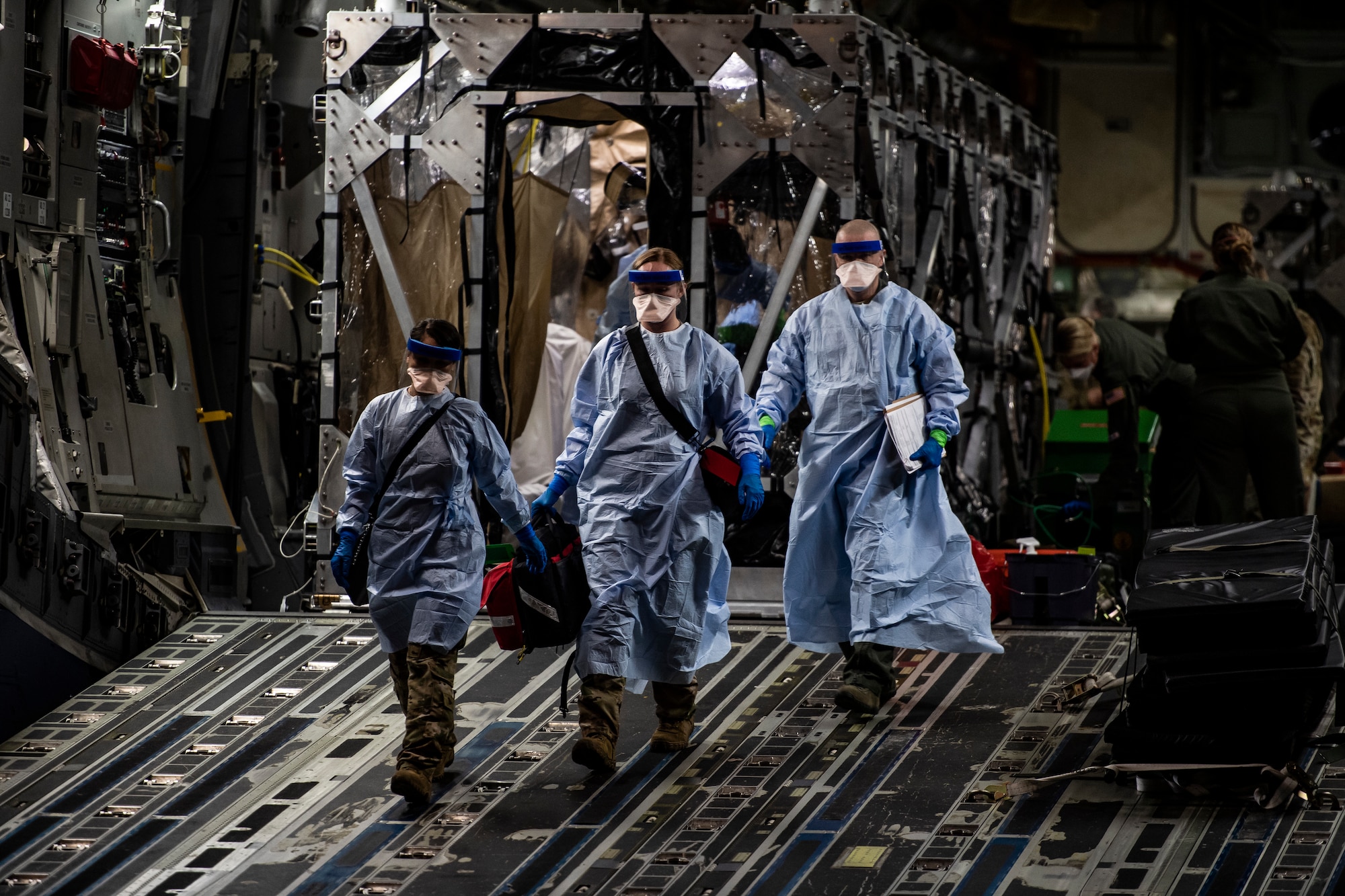The return of astronauts to Earth after a mission is a significant event, not just for the astronauts but also for the scientific community that supports their space missions. Immediately upon their safe landing, the focus shifts to ensuring their physical and mental well-being. During this critical period, the on-site medical supervisory team and health insurance personnel play a crucial role. They are the first experts to interact with the astronauts after they exit the spacecraft, conducting a series of comprehensive assessments and evaluations.
When astronauts land, they emerge from the capsule with numerous physiological changes that occurred while they were in the microgravity environment of space. These changes can affect various bodily systems, including musculoskeletal, cardiovascular, and neurological functions. Therefore, the initial medical evaluations are both essential and multifaceted.
Medical evaluations
The first step in this post-mission evaluation is a thorough health questionnaire that astronauts complete. This questionnaire includes inquiries about any physical symptoms they may have experienced during their mission or upon their return. Questions may cover topics such as visual disturbances, headaches, dizziness, and muscle or joint pain. This preliminary assessment helps the medical staff prioritize any areas that require immediate attention.
Next, a vital signs check is performed. This includes measuring blood pressure, heart rate, respiratory rate, and temperature. Monitoring vital signs is fundamental as it provides immediate indicators of an astronaut’s physiological status. Given that astronauts often undergo significant shifts in fluids and circulation due to prolonged periods in microgravity, abnormalities in these readings can signal the need for further investigation.
As part of the standard procedure, astronauts also undergo laboratory testing to assess their overall health status. This includes a comprehensive battery of tests such as the Complete Blood Count (CBC), which evaluates various blood components, including hemoglobin, hematocrit, and white blood cell counts. These results are crucial for diagnosing conditions such as anemia or infections, ensuring that any potential health issues are promptly identified and managed.
Another vital aspect of the medical evaluation is biochemical testing, which provides information on organ function and electrolyte balance. Tests focusing on liver function, renal function, and hormonal levels are essential, especially considering the unknown long-term effects of radiation exposure experienced during spaceflight. Such tests can highlight any emerging issues that might not have been apparent before the astronaut’s return.
In addition to these initial assessments, urinalysis is also performed as part of the routine medical evaluation. This standard test can reveal crucial information about the astronaut’s hydration levels, kidney function, and potential infections. The data gathered from urinalysis is not only vital for immediate health assessments but also contributes to ongoing epidemiological studies aimed at understanding the long-term health consequences of spaceflight.
Musculoskeletal health is another area of concern that medical staff closely monitors after an astronaut’s return. The microgravity environment can lead to bone density loss and muscle atrophy, which increases the risk of injury upon re-entry to normal gravity. To assess bone health, astronauts undergo Dual-energy X-ray absorptiometry (DXA) scans every three years, allowing healthcare providers to track changes in bone density over time.
Skin evaluations are equally vital. Astronauts are subjected to a visual examination of their skin, including photo documentation of any abnormalities. Studies have indicated a higher incidence of skin cancers, including melanoma, among astronauts compared to the general population. This evaluation helps in early detection and management of any potential skin issues that may arise due to the unique environmental exposures faced in space.
Ophthalmic evaluations are also critical, as many astronauts report changes in vision after their missions. Comprehensive eye exams are conducted to assess visual acuity, color vision, and the overall health of the ocular system. The concern here is particularly focused on the potential effects of microgravity and radiation exposure on eye health, including the risk of cataracts and elevated intraocular pressure.
Furthermore, audiometric assessments are conducted to monitor hearing health, considering the potential impacts of noise and vibration during both space missions and on Earth. Hearing loss can be a significant concern, and annual screenings help identify any changes in auditory function that may need to be addressed.
One of the final components of the initial medical evaluations includes cardiovascular health screenings. Given the stressors of spaceflight, astronauts undergo resting 12-lead electrocardiograms and hypertension screenings to monitor their heart health. These tests are vital for identifying any subclinical cardiac abnormalities that may have developed during their time in space.
Staff play an indispensable role
The on-site medical supervisory and health insurance staff play an indispensable role in ensuring the health and safety of returning astronauts. Their thorough questioning and meticulous examinations serve as the first line of defense in detecting and addressing potential health issues. The data collected during these evaluations not only aids in immediate medical decision-making but also contributes to the broader understanding of how space travel impacts human health over time. As space exploration continues to advance, so too will the methods and technologies used to protect and monitor the health of those who venture into the unknown.
After astronauts return from their space missions, the comprehensive medical assessments they undergo are meticulously designed to monitor their health and ensure their safety. The initial interactions with on-site medical supervisory and health insurance staff are critical, constituting a blend of questioning and physical examinations that provide invaluable insights into the astronauts’ post-mission health status. These assessments not only focus on immediate health concerns but also gather essential data for ongoing research into the long-term effects of space travel on the human body.
One of the cornerstones of the post-return evaluation is an in-depth health questionnaire that astronauts complete shortly after disembarkation. This questionnaire is more than just a formality; it serves as a crucial diagnostic tool. Medical staff inquire about various symptoms experienced during the mission and any new issues that may have arisen upon their return. Questions delve into specifics such as visual disturbances, dizziness, headaches, and musculoskeletal discomfort. The data collected through this questionnaire allows medical professionals to prioritize concerns and decide on the urgency of further evaluations.
Following the questionnaires, scientists and medical teams conduct vital signs checks that capture a snapshot of the astronauts’ immediate physical condition. A thorough assessment of blood pressure, heart rate, respiratory rate, and body temperature is carried out. Given the physiological changes that occur in the microgravity environment of space—such as fluid redistribution and changes in circulatory dynamics—monitoring these vital signs is essential. Any notable abnormalities in these readings can prompt further medical inquiry and intervention, ensuring that any immediate health threats are addressed swiftly.
Laboratory testing further enhances the assessment protocols for returning astronauts. These tests, including a Complete Blood Count (CBC), are pivotal for diagnosing potential health conditions. The CBC measures various blood components such as hemoglobin and white blood cells, providing a window into the astronaut’s overall health. Identifying issues like anemia or signs of infection immediately post-return is crucial, as these conditions can significantly affect recovery and future performance. The commitment to monitoring health through laboratory testing reflects a proactive approach to astronaut care, ensuring that medical teams can respond promptly to any health challenges that may arise.
Biochemical testing is another essential component of the medical assessments, shedding light on organ health and electrolyte status. Tests evaluate liver and renal functions, hormonal levels, and even blood glucose management. The rationale behind such extensive biochemical testing lies in the understanding that space radiation poses potential long-term health risks, and monitoring these markers allows for the early detection of adverse health effects related to space travel. Each of these tests contributes to a comprehensive overview of an astronaut’s physiological state, allowing for targeted interventions as needed.

Urinalysis is an additional standard procedure that provides critical information about hydration levels, kidney function, and the potential for infections. This test is not merely a routine check; it plays a vital role in ensuring that astronauts return to Earth in optimal condition. The data obtained can also contribute to broader epidemiological studies, helping researchers understand the long-term effects of spaceflight on human health.
Attention to musculoskeletal health is paramount as astronauts often experience changes in bone density and muscle mass due to time spent in microgravity. The Dual-energy X-ray absorptiometry (DXA) scans, conducted every three years, are an effective measure for assessing bone health and tracking changes over time. Such evaluations are crucial as they help identify astronauts at risk for fractures or other injuries upon returning to a gravity environment. By addressing these issues proactively, medical staff can create tailored rehabilitation plans to aid recovery.
Moreover, dermatological health is closely monitored through regular skin evaluations. Astronauts often undergo visual examinations of their skin, including photo documentation for comparative analyses over time. Research suggests that astronauts may face heightened risks for skin cancers, including melanoma, due to their unique exposures in space. Thus, these examinations serve a dual purpose: they aim for early detection of potential skin issues while contributing to a growing body of evidence about the long-term health risks faced by space travelers.
The importance of ocular health cannot be overstated in post-mission evaluations. Changes in vision are frequently reported by astronauts, making comprehensive eye exams an integral part of the assessment. Various tests evaluate visual acuity, color perception, and the overall health of the eye. Understanding the impact of microgravity and radiation on ocular health is essential, particularly regarding the risk of cataracts and elevated intraocular pressure, which can have lasting consequences if left unmonitored.
Hearing assessments also play a significant role in the medical evaluations of astronauts. Annual audiometric testing helps monitor potential hearing loss due to noise exposure during missions. The effects of both terrestrial and space noise environments can contribute to auditory changes, making it imperative to track and address any hearing issues that may develop over time. By identifying and managing these changes early on, medical teams can mitigate the impact of any auditory impairments on astronauts’ quality of life and operational effectiveness.
As part of the cardiovascular health screening, astronauts undergo comprehensive tests, including resting 12-lead electrocardiograms and blood pressure assessments. Given that the cardiovascular system undergoes significant adaptations during spaceflight, monitoring heart health is crucial. Identifying subclinical cardiac abnormalities and understanding their potential exacerbation due to the unique environment of space contributes to a more profound understanding of how space travel impacts cardiovascular health and informs future mission planning.
Astronauts’ post-return medical assessments go beyond mere procedures; they represent a steadfast commitment to their well-being and safety. Medical teams’ rigorous interrogations and exhaustive checks form a vital barrier against health risks, yielding crucial data for prompt treatment and advancing scientific knowledge on space travel’s long-term physiological impacts. As space exploration progresses, refined medical protocols will enhance our ability to safeguard and monitor astronauts’ health, ensuring their safe return to Earth and inspiring future space endeavors. The dedication of medical experts guarantees astronauts’ health upon return, sparking awe in space’s wonders among future generations.
Related posts:
Medical Examination Requirements (MER) for Former Astronauts
Astronauts confident Boeing space capsule can safely return them to Earth, despite failures
News — Axiom Space





